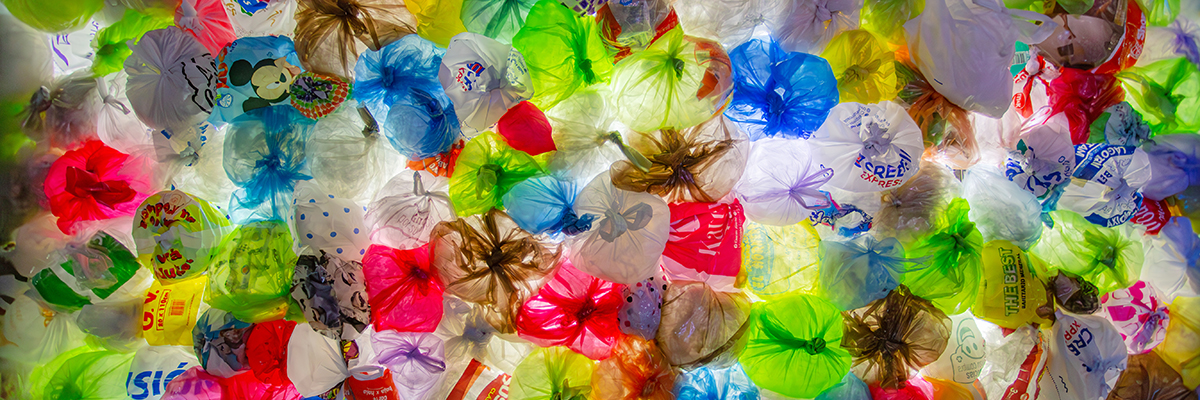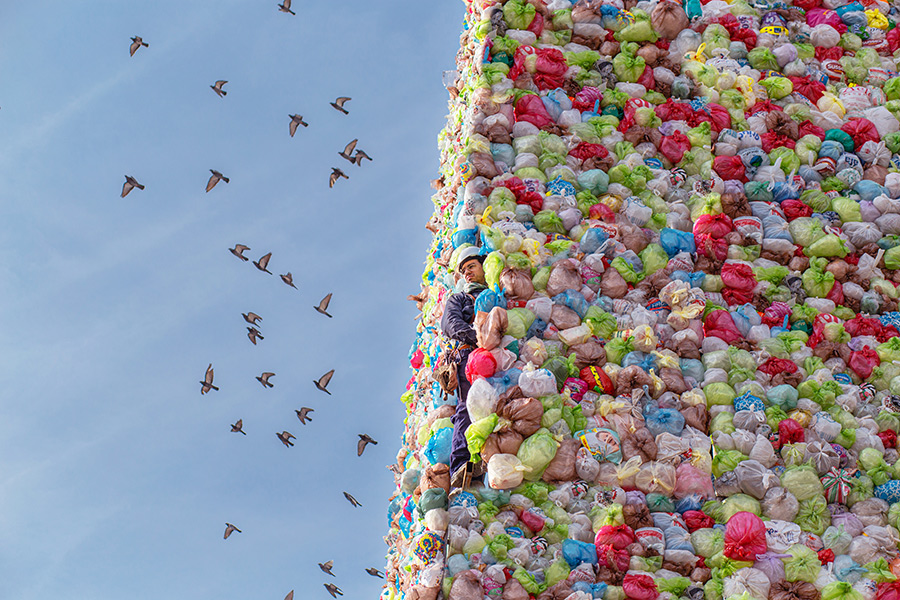
Humans, in all our complex existence, wield an undeniable influence, and yet, paradoxically, we pose the gravest threat to the very world we live in. With staggering magnitude, a deluge of trash, amounting to a colossal 2.6 trillion pounds, engulfs our planet in a single day, as reported by The Atlantic. Despite mankind’s incessant quest for technological marvels and ingenious solutions to combat this mounting crisis, an alarming revelation was published by National Geographic: a staggering 91% of plastics don’t make it through the recycling process, plunging us into a dire and global environmental cataclysm.
Given this statistic, it’s become imperative to perpetually educate and enlighten the masses to create awareness and make a difference. We must grasp the profound implications of our own small contributions to reduce the refuse we generate. From small steps of everyday life to the growing voices of global initiatives by NGOs our collective efforts must result in a drastic reduction of waste before it is too late.
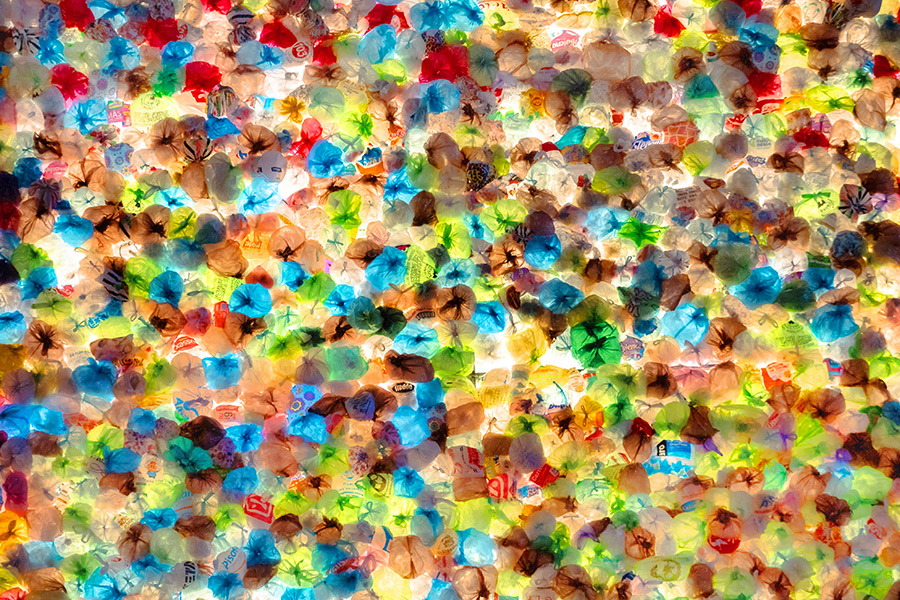
A growing number of artists have emerged as environmental champions. Through their voices and craft, they visually illuminate the relationship between humankind and the debris we leave in our wake.
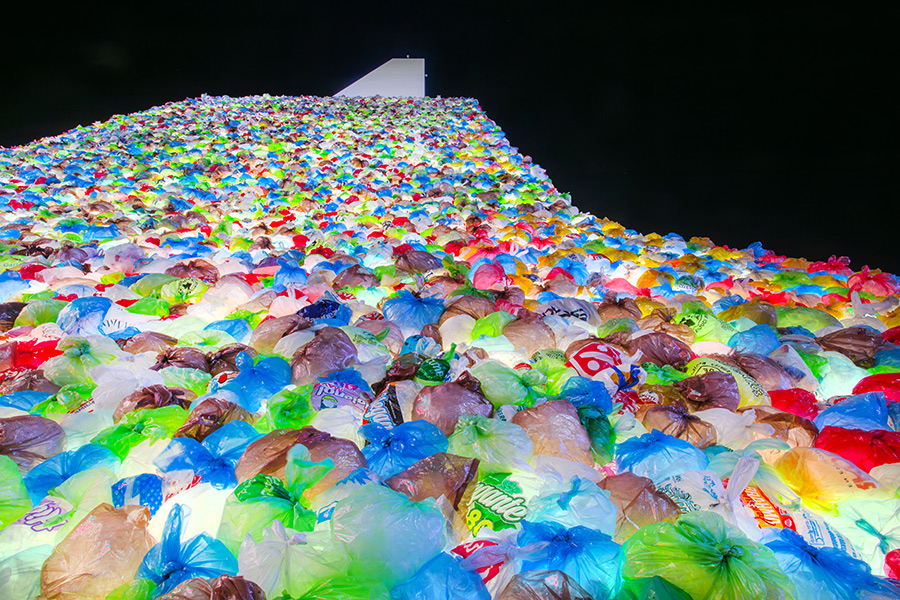
In May, the local government of Buenos Aires invited Luz Interruptus to celebrate World Recycling Day by creating an installation called “The Plastic We Live With” on the iconic El Obelisco monument. The artists aimed to highlight the issue of plastic pollution and its impact on the environment. They faced the challenge of creating the installation on a monument that is central to the city’s commercial and social activities. Using scaffolds and recycled iron, they constructed a structure over 25 meters high and covered it with panels made from recycled plastic collected through the city’s recycling system.
Powerful LED beams illuminate the installation, visualizing the persistence of disposable plastic despite bans. The artwork remained in place for a week, allowing visitors to reflect on the impact of plastic waste. Afterward, the materials were returned to the organizations that provided them, and the scaffolds and beams were reused for future productions. The artists expressed gratitude to the local government, the production company, and the volunteers for their support in bringing the installation to life.
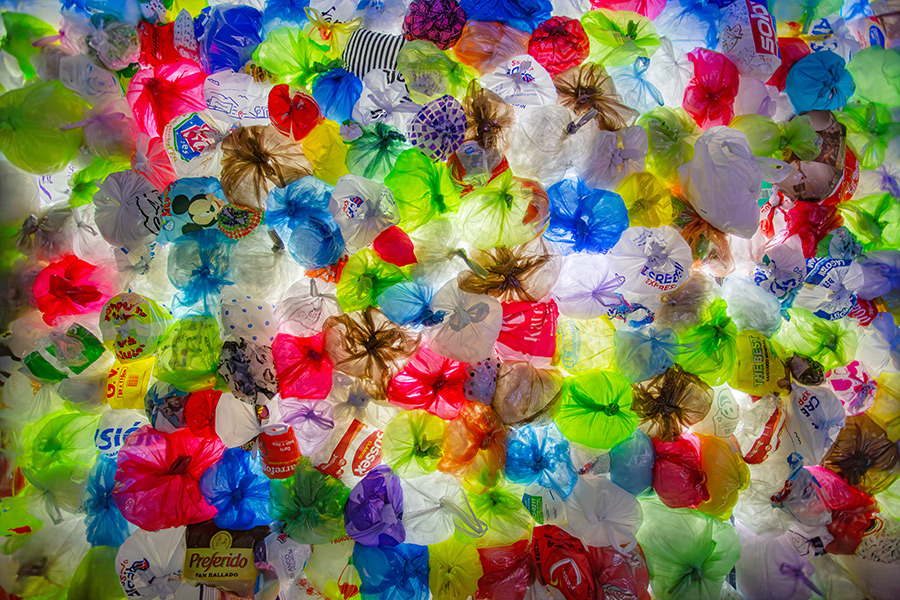
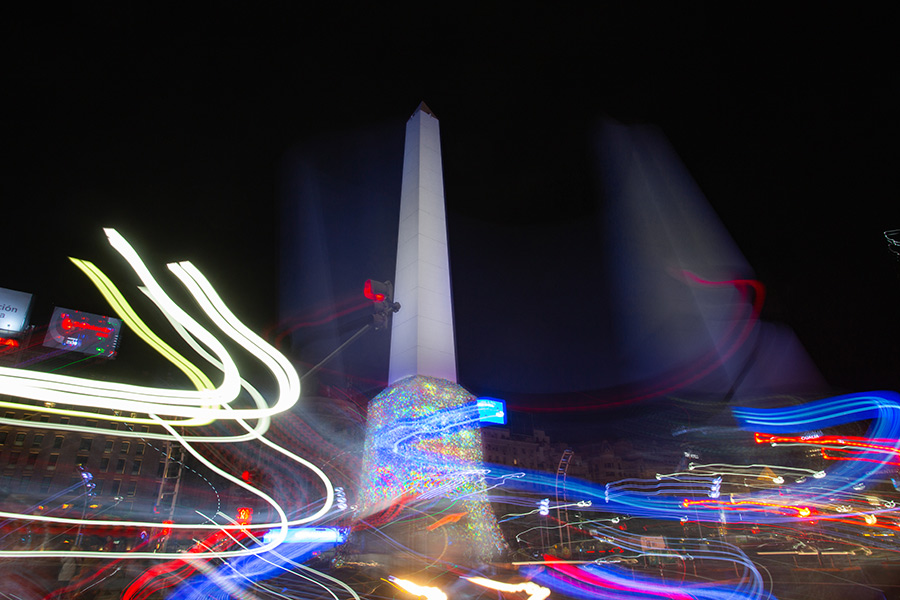
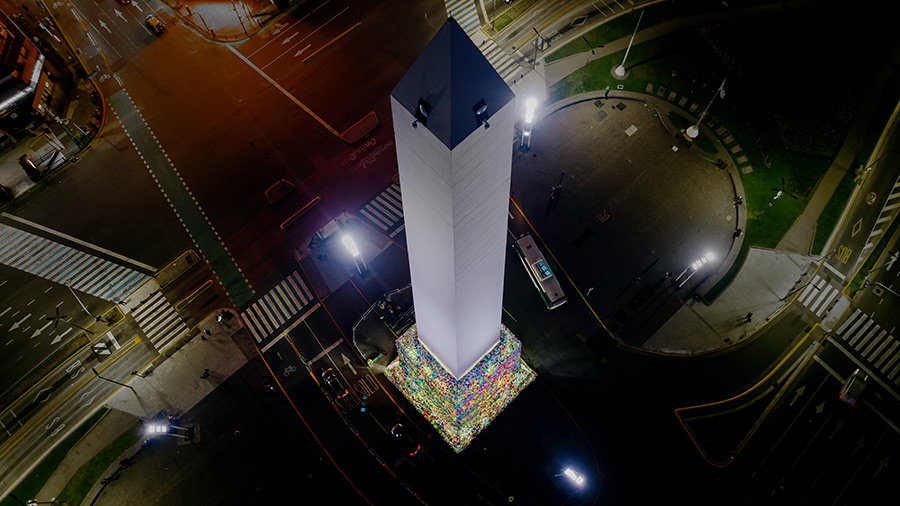
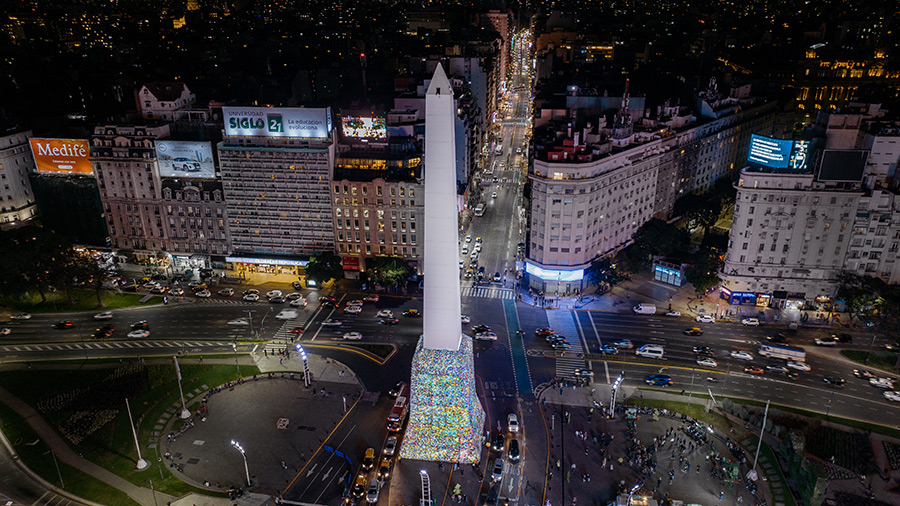
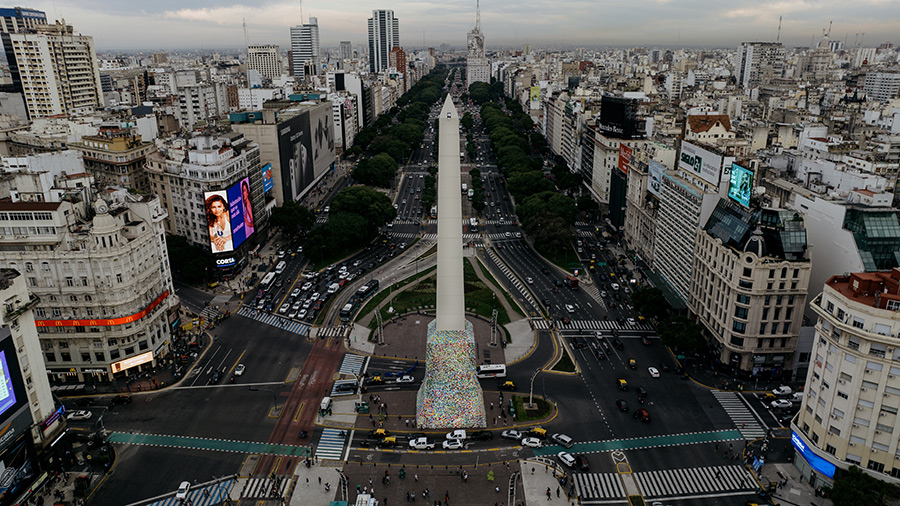
 BROOKLYN STREET ART LOVES YOU MORE EVERY DAY
BROOKLYN STREET ART LOVES YOU MORE EVERY DAY